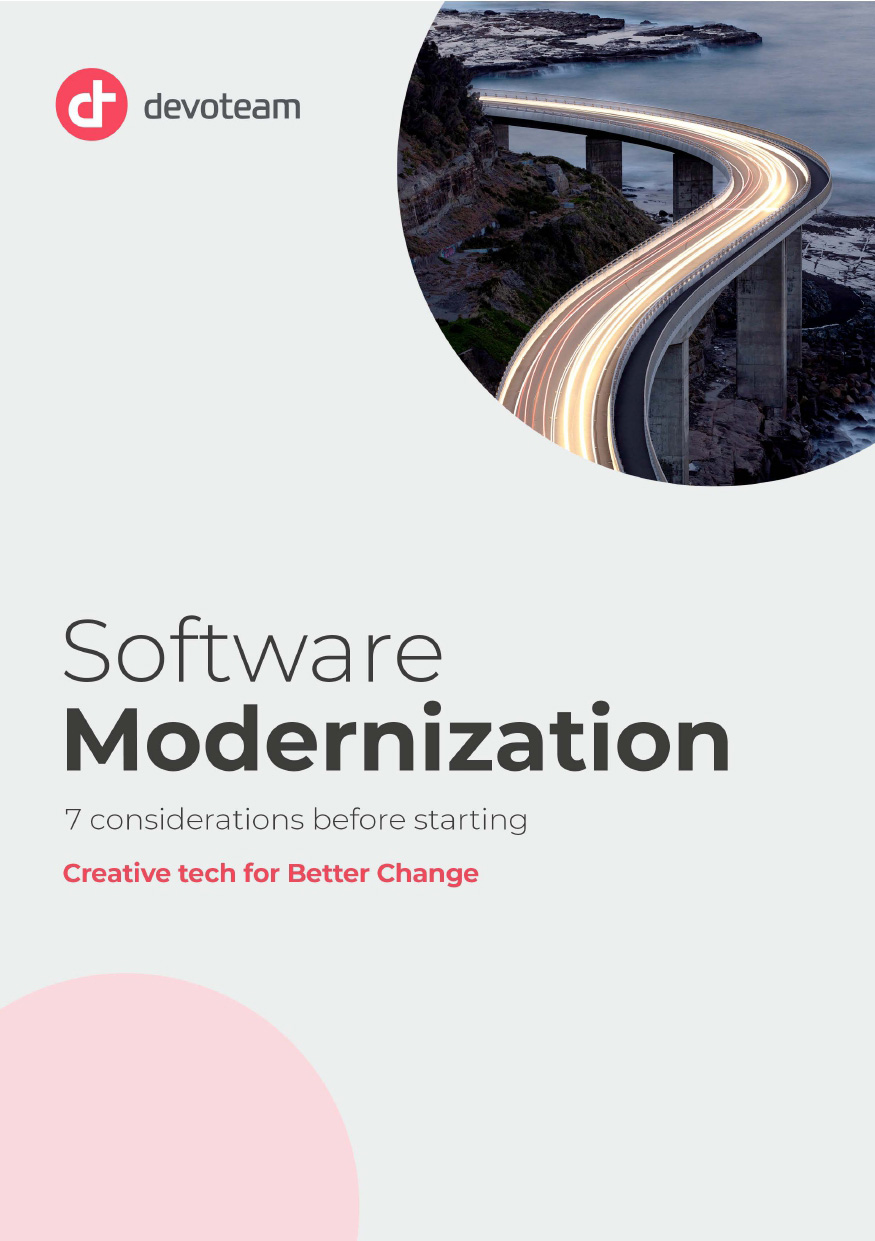Complexity and increasing needs.
As the world changes, businesses need to change with it. So do their IT landscapes, and as they do, deadlines, new regulations, and business demands take their toll.
The constant stress of this change will strain an IT landscape, as it seems there is never enough time, money, or people available to tackle an ever growing amount of technical debt.
Critical problems might be patched over, increasing complexity and reducing flexibility. The time it takes engineers to tackle problems increases, and implementing new features becomes time- consuming and increasingly expensive. Companies start to feel constrained by their IT systems.
Instead of enabling, IT is holding business back, preventing those companies from moving forward.
Once in such a situation, getting out of it can be a difficult, and often costly task. It may be tempting to scrap existing software and start from scratch. However, the results of this approach may vary, with cost overruns and missed deadlines frequently cited.
Software modernization is one way of dealing with legacy IT issues. It is defined as the changing, porting, rewriting or replacing of legacy software to modern standards. Before starting on a software modernization journey, we have compiled a list of considerations that can help guide you on the right course.
